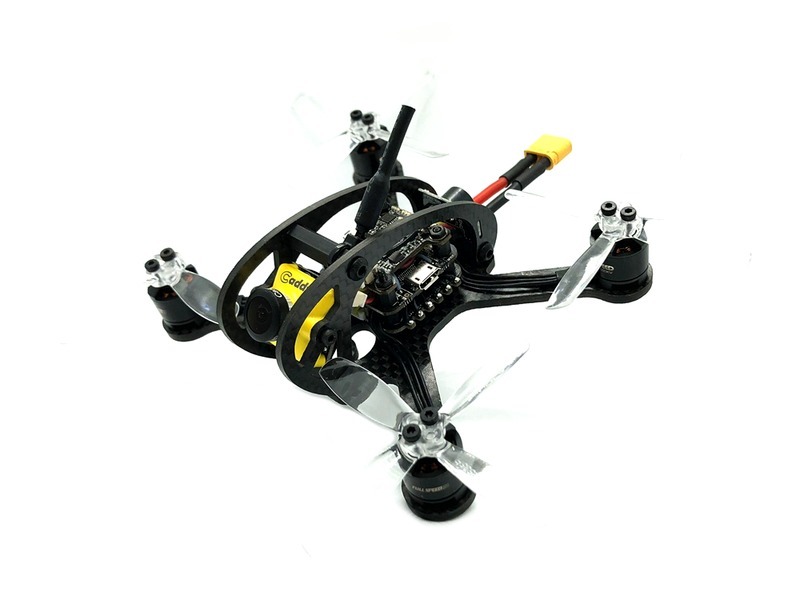What drones Cannot do?

Drones are becoming increasingly popular in many industries, from photography to delivery services. However, there are some things that drones cannot do.
First, drones cannot fly in certain areas. This is due to safety regulations and airspace restrictions. For example, drones are not allowed to fly within five miles of an airport, and they must remain below 400 feet in altitude. Additionally, drones are not allowed to fly over large gatherings of people, such as sporting events or concerts.
Second, drones cannot be used to deliver goods or services. This is due to the fact that drones are not yet equipped with the necessary technology to safely and accurately deliver packages. Additionally, the FAA has strict regulations regarding the use of drones for commercial purposes.
Third, drones cannot be used to take pictures or videos of people without their permission. This is due to privacy laws, which state that individuals have the right to control how their image is used. Additionally, drones are not allowed to fly over private property without the owner’s permission.
Fourth, drones cannot be used to spy on people. This is due to the fact that drones are equipped with cameras and other sensors, which can be used to collect data about individuals. Additionally, the FAA has strict regulations regarding the use of drones for surveillance purposes.
Finally, drones cannot be used to transport people. This is due to the fact that drones are not yet equipped with the necessary technology to safely and accurately transport passengers. Additionally, the FAA has strict regulations regarding the use of drones for passenger transport.
In conclusion, there are many things that drones cannot do. This is due to safety regulations, airspace restrictions, privacy laws, and the fact that drones are not yet equipped with the necessary technology to safely and accurately perform certain tasks. As technology continues to advance, however, it is likely that drones will be able to do more in the future.
Comments / Question
2. Autonomous Target Tracking: Autonomous target tracking is the ability for a drone to track a target without a human operator controlling it. This requires complex computer vision algorithms, as well as the ability to recognize target features and motion.
3. Autonomous Perching: Autonomous perching is the ability for a drone to safely land on a flat surface or object without a human controlling the process. This requires a sophisticated control system, able to detect and detect obstacles, as well as landing aid devices.
4. Autonomous Formation Flying: Autonomous formation flying is the ability for a drone to fly in formation with other drones or aircraft, without a human controlling it. Formation flying requires complex algorithms and sensors, as well as the ability to recognize other drones and aircraft.
5. Autonomous Refueling: Autonomous refueling is the ability for a drone to autonomously refuel itself without a human controlling it. This requires a sophisticated fuel transfer system, as well as accurate navigation and obstacle avoidance capabilities.

